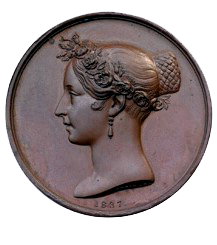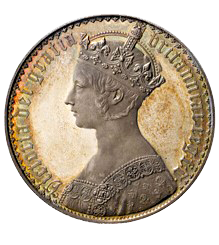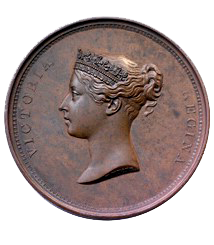Struck in history. A timeless collection revived with state-of-the-art innovation and technology.
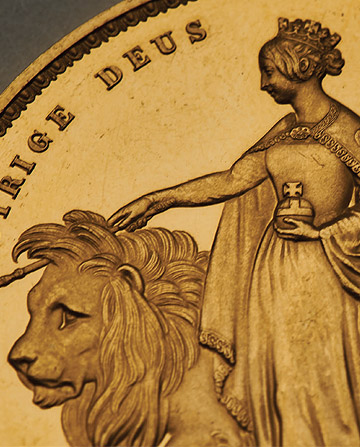
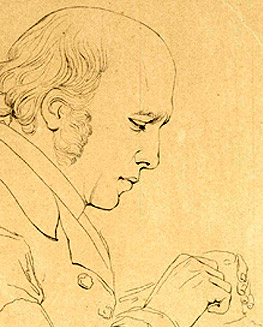
A Prolific Artist
Wyon’s output between 1816 and 1851 was as impressive as it was prolific, beginning with the Three Graces pattern crown of 1817, the seated Britannia of the 1820s, the lion sixpences and shillings of George IV, and a regal Una and the Lion on the famous five-pound piece of 1839. But he is perhaps most famous for his coin and medal portraits of Queen Victoria.
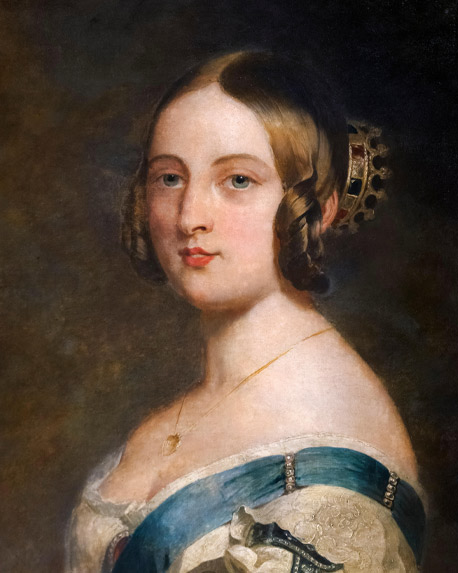
The Young Head
Of these portraits, one undoubtedly takes pride of place. Wyon was clearly inspired by the neo-classical style of his mentor John Flaxman to create an uncluttered and well-balanced portrait. Known commonly as the ‘Young Head’, its beautiful features flattered the queen. Victoria was so enamoured of it that she was in her late 60s before she allowed it to disappear. ‘You always represent me favourably’, she is reported to have told Wyon. For his part, he is said to have found the queen an excellent sitter.
William Wyon RA (Birmingham 1795 – 29 October 1851), was official chief engraver at the Royal Mint from 1828 until his death.
Wyon was born in Birmingham and was apprenticed to his father, a die sinker, in 1809.
In 1816, he went to London. He studied the works of John Flaxman, attended the schools of the Royal Academy, and gained a gold medal from the Society of Arts for a copy of the head of Ceres
Portraits of Queen Victoria
Queen Victoria first sat for William Wyon as a young princess of 13 and he produced a medallic portrait for her 18th birthday. This was followed by a portrait in lower relief for the new queen’s coins, which entered circulation in the summer of 1838, and then by a portrait for a medal commemorating the queen’s visit to the city of London in November 1837. Showing Victoria wearing a jewelled headband, it is better remembered now as the portrait used as the basis for the Penny Black stamps of 1840.
In 1847 came the beautiful Gothic Crown. Around the same time another portrait was prepared for campaign and general service medals and finally, shortly before his death, he completed the Great Exhibition medals of 1851.
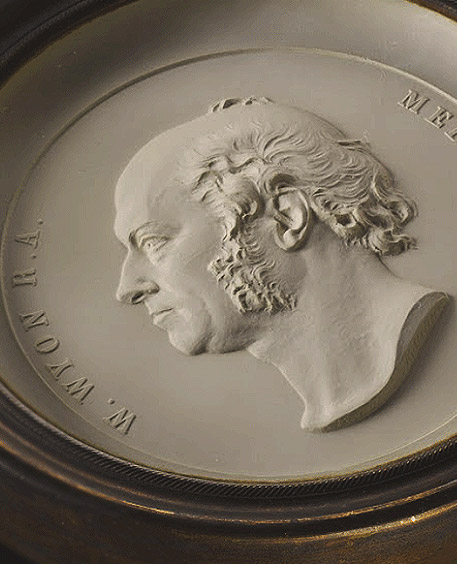
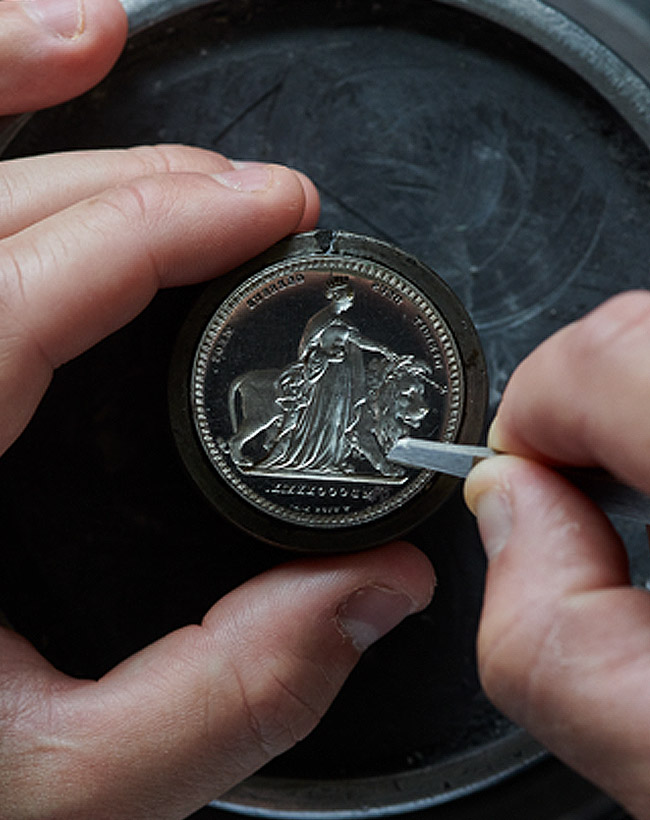
The Great Engraver – William Wyon
Chief Engraver from 1828 until his death in 1851, many collectors consider William Wyon RA to be one of the finest artists to have ever worked on British coinage. Part of a dynasty, his uncle Thomas, cousin Thomas Junior and son Leonard all achieved prominence at The Royal Mint and his time here coincided with that of another highly acclaimed artist – Benedetto Pistrucci. This was a golden age for British numismatics fuelled by the intense rivalry of two very different characters.



